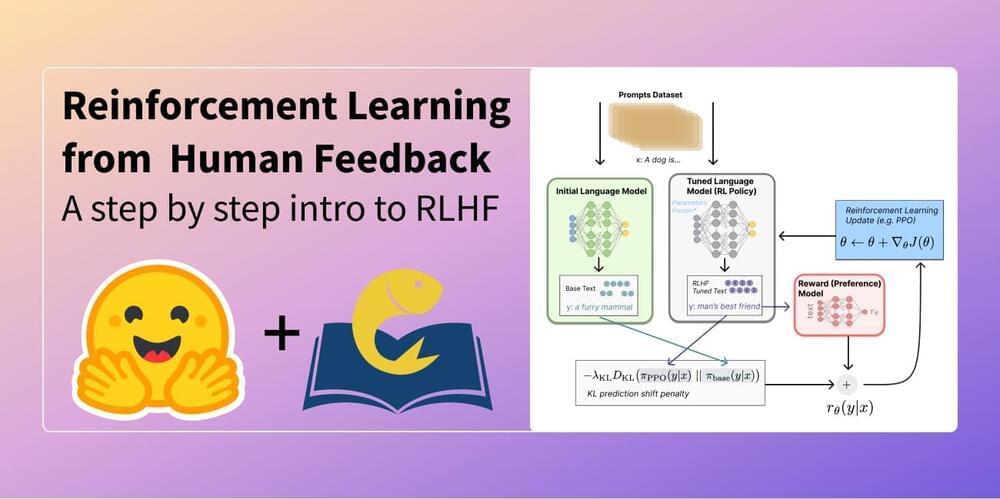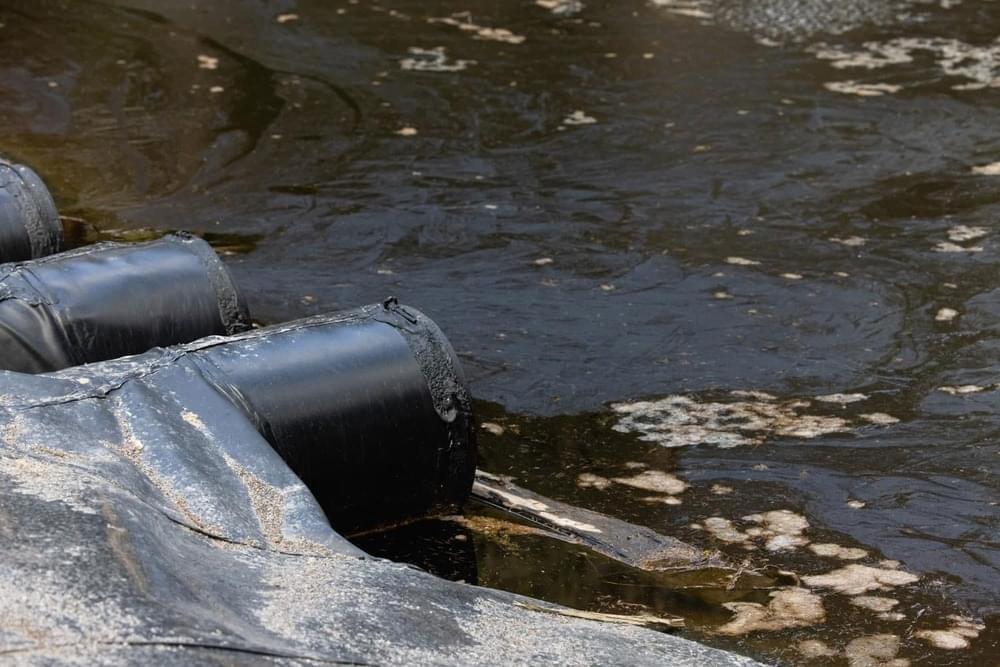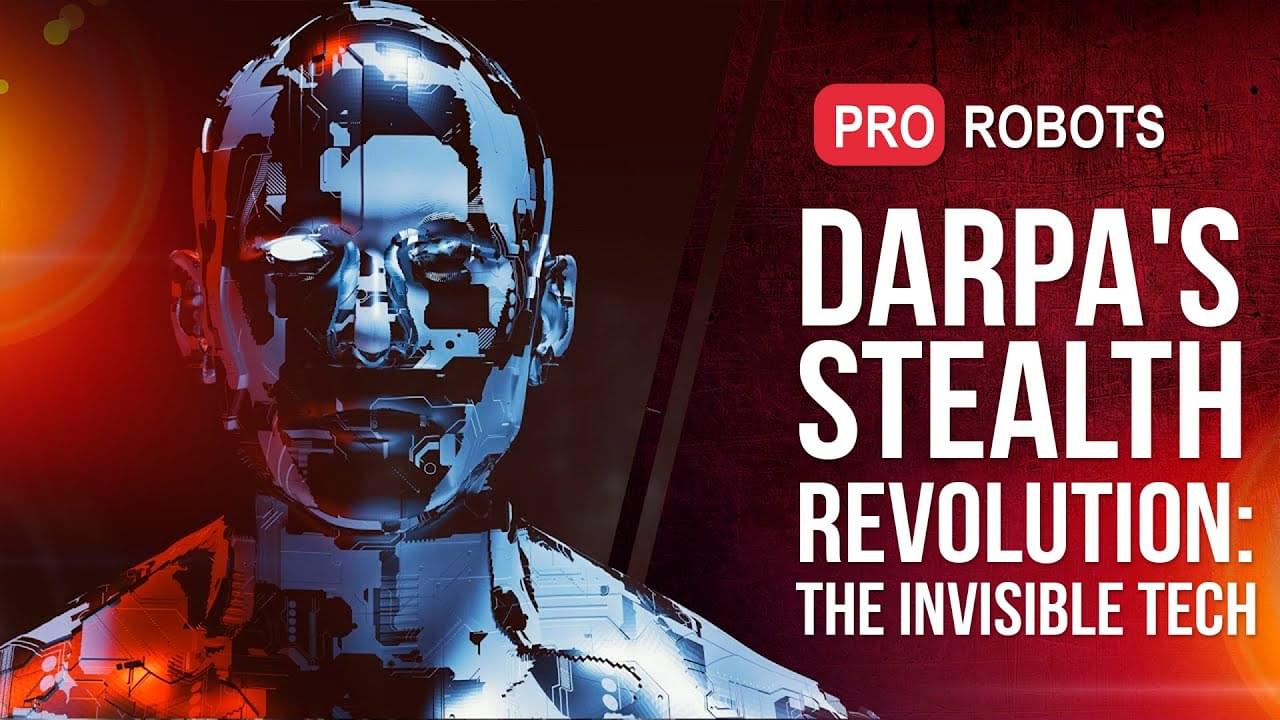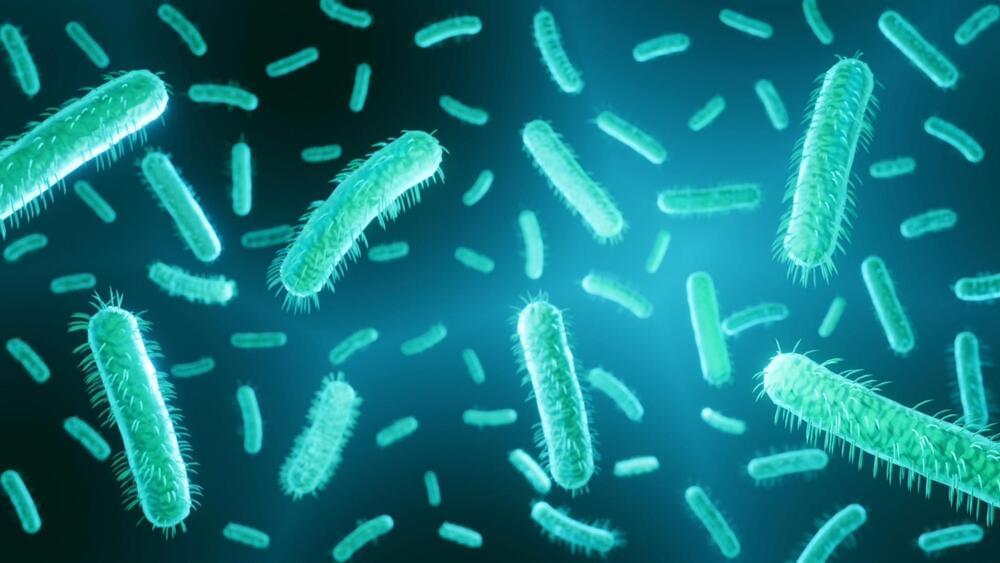Ultra-short laser pulses may allow us to measure entanglement in a way that answers questions about the quantum nature of the vacuum.
Various forms of heat pumps—refrigerators, air conditioners, heaters—are estimated to consume about 30 percent of the world’s electricity. And that number is almost certain to rise, as heat pumps play a very large role in efforts to electrify heating to reduce the use of fossil fuels.
Most existing versions of these systems rely on the compression of a class of chemicals called hydrofluorocarbons, gasses that were chosen because they have a far smaller impact on the ozone layer than earlier refrigerants. Unfortunately, they are also extremely potent greenhouse gasses, with a short-term impact several thousand times that of carbon dioxide.
Alternate technologies have been tested, but all of them have at least one major drawback in comparison to gas compression. In a paper released in today’s issue of Science, however, researchers describe progress on a form of heat pump that is built around a capacitor that changes temperature as it’s charged and discharged. Because the energy spent while charging it can be used on discharge, the system has the potential to be highly efficient.
ETH Zurich researchers deployed an autonomous excavator, called HEAP, to build a 6-meter-high and 65-meter-long dry-stone wall. The wall is embedded in a digitally planned and autonomously excavated landscape and park.
The team of researchers included Gramazio Kohler Research, the Robotics Systems Lab, Vision for Robotics Lab, and the Chair of Landscape Architecture. They developed this innovative design application as part of the National Center of Competence in Research for Digital Fabrication (NCCR dfab). Their work has been described in Science Robotics.
Using sensors, the excavator can autonomously draw a 3D map of the construction site and localize existing building blocks and stones for the wall’s construction. Specifically designed tools and machine vision approaches enable the excavator to scan and grab large stones in its immediate environment. It can also register their approximate weight as well as their center of gravity.
Tesla has made its original Roadster design and engineering “fully open source” and released R&D documents accessible to everyone.
The original Tesla Roadster hasn’t been in production for more than a decade now, and we are still waiting for the new generation that was unveiled all the way back in 2017 and has been delayed several times since.
The vehicle has become quite rare.
Q* appears to apply a RL technique that uses AI generated data and teaches LLMs how to solve multi step logic problems Q* techniques can be applied to GPT-5 endowing it with excellent reasoning and retrieval skills This may not be AGI but it is an extremely powerful LLM.
We’re on a journey to advance and democratize artificial intelligence through open source and open science.
To enhance their catalytic efficiency in degrading organic pollutants, such as RB and urea, researchers further functionalized the surface of the micromotors with laccase, the bio-catalytic counterpart, for the generation of ammonia from urea. Urea is an emerging contaminant, being a common pollutant from residential activities (urea is the main component of urine) and from different industrial processes.
The chemical component laccase accelerates the conversion of urea into ammonia upon contact with contaminated water. This ammonia can be transformed into hydrogen, which is a clean and sustainable energy source.
“This is an interesting discovery. Today, water treatment plants have trouble breaking down all the urea, which can result in eutrophication when the water is released. This is a serious problem in urban areas in particular,” says Rebeca Ferrer, a PhD student from Dr. Katherine Villa’s group at ICIQ.
Heat pumps are ubiquitous in the form of air conditioners. Scientists just invented one that avoids harmful refrigerant gases.
More information about TITA robot:
🔗 Official Website: https://shop.directdrive.com/products/tita?utm_source=prorobots.
🔗 YouTube: www.youtube.com/@directdrivetech4558
Meet the fast-legged TITA robot, which made its first appearance at the ICRA 2023 Robotics Show. Easily switching between wheeled and walking modes, the robot with eight degrees of freedom is able to move quickly on any terrain. In addition, the developers report that TITA combines exceptional perceptual abilities with advanced decision-making capabilities. Its maneuverability, sleek design, modular construction and ability to quickly swap payloads and accessories make it a true Swiss knife in the world of security and service robots. TITA also has exceptional fall resistance, improved self-healing capabilities, instant response time and enhanced obstacle avoidance ability. The robot easily adapts to difficult terrain and, importantly, supports secondary development in multiple modes. The latter not only allows you to control it at any level using RPC, but also allows you to program the robot for your tasks. If TITA has captured your heart as well as ours, you can learn more about the robot and even buy it for yourself by using the QR code on the screen.
👉For business inquiries: [email protected].
✅ Instagram: https://www.instagram.com/pro_robots.
DARPA launches a new project to develop incredible military technology for underwater warfare, the US, UK and Australia test autonomous groups of military robots, ChatGPT independently developed a robot, and NASA plans a $10-quintillion mission! See these and other high-tech news in one video!
00:00 In this video.
00:30 Tita robot.
1:40 Combat robot drills.
2:46 New DARPA project.
4:12 ChatGPT creates robots.
5:43 Tesla ready to share technology.
6:41 A single-seat multicopter goes on sale.
7:46 High tech collision.
8:42 NASA begins exploring Psyche.
9:58 New robot guide.
10:35 An ingenious AI gadget.
11:48 Boston Dynamics upgrades robot Spot.
12:45 Robot chef learns to cook from video.
13:40 Drone to search for objects in murky waters.
14:44 New agricultural robot.
15:21 Delivery robots take over the world.
#prorobots #robots #robot #Neurotechnology #robotics #Neurochips #Neuralink.
Researchers innovated a stretchable thermoelectric generator with a skin-attachable gasket, enhancing energy production through “mechanical metamaterials.”
National research council of science and technology.
This breakthrough has the potential to revolutionize the area of energy generation by leveraging the power of “mechanical metamaterials.”
The study found that bacterial cells store memory in the guise of cellular iron levels.
Artur Plawgo/iStock.
While humans accumulate countless memories over the years, bacterial memories are limited to certain factors, such as iron levels. This aids the bacteria’s adaptation to their surroundings.









